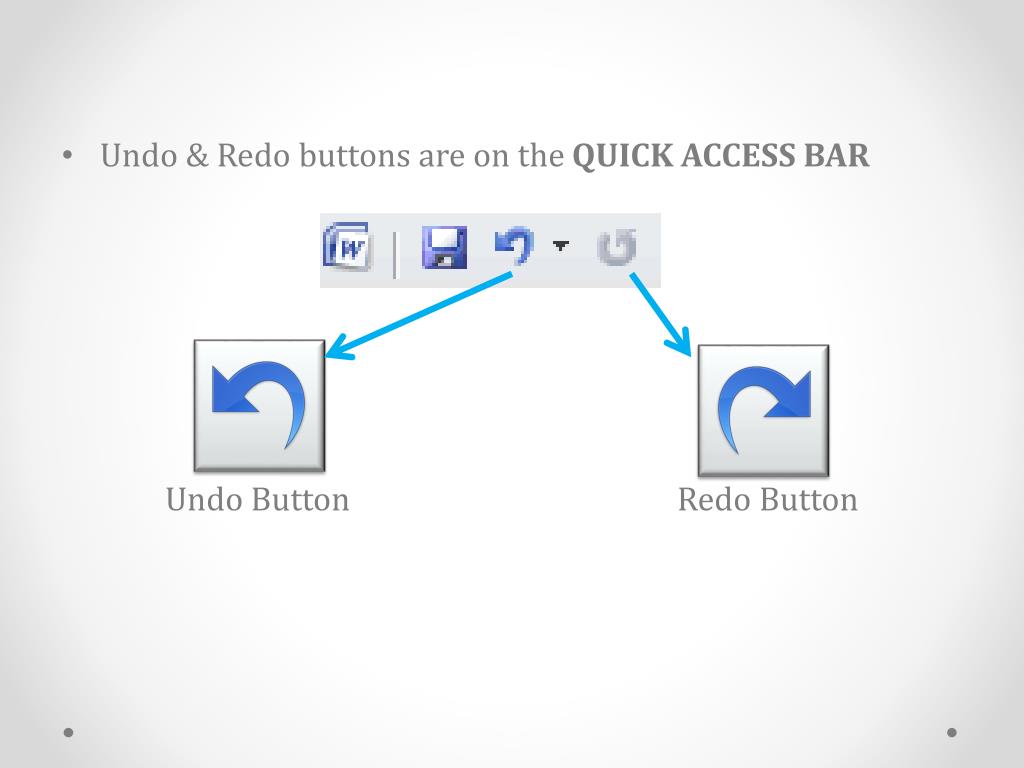
With right alignment, you can include a CTA button In the top right and have the main links align with it nicely making the navigation very scannable. Right alignment is probably the most uncommon alignment used, and when it is used – it’s typically used in small quantities.Ī great example of right alignment being used effectively is in the website navigation. Its the best for readability and user experience because of the way our eyes read. Left is the most popular and default text alignment. But if it is used, its to align text up to another element for more visual flare.Īnd lastly justified alignment is used more commonly with minimal or luxurious design styles to give it some visual taste and elegance. I also often see it at the bottom of pages as call to actions, giving less lengthy content better symmetry. Left alignment is commonly associated with lengthy paragraph text, which enables it to be as easy as possible to read.Ĭenter alignment is used more sparingly and for visual appeal like with these common 3 or 4 column layouts on homepages. Left alignment is by the most popular text alignment, and also the default one. In terms of specifically web design, these types of alignment are used in different ways. Note: To clear a tab stop, drag the tab marker down from the horizontal ruler.The 4 types of alignment in graphic, UI, and web design are: Pressing Ctrl + Tab, Word positions the cursor at that tab stop within the cell. Pressing the tab key in a table, Word positions the cursor in the next cell.

As you type, the text fills toward the right.Ī Centre Tab stop sets the position at the middle of the text line.

To specify other tab locations, you can set your own tab stops. It is better to set the tabs in the table before entering any data but if your text is already entered, then the procedure is the same.īy default, tab stops in Word are set at 1.27cm intervals. You can align entries in a table by setting tab stops.


 0 kommentar(er)
0 kommentar(er)
